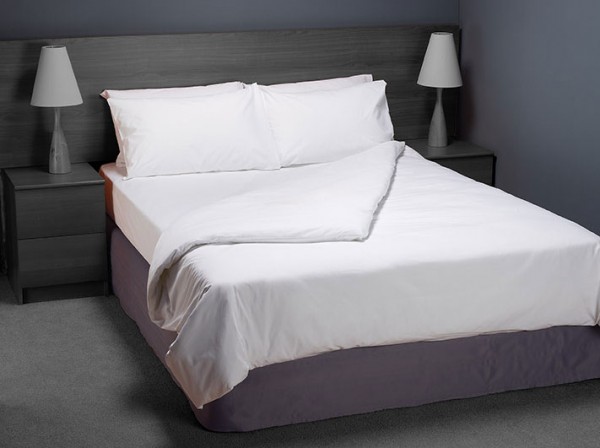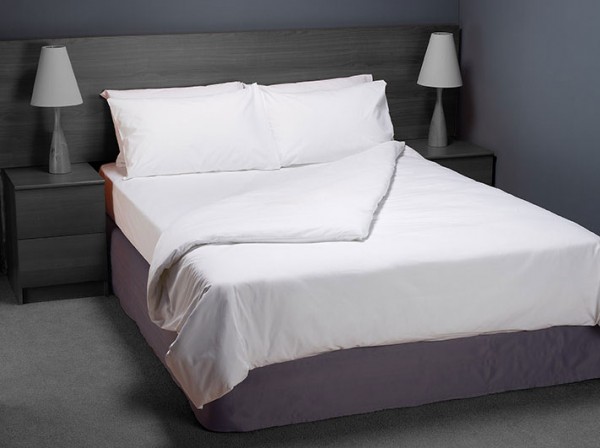The bed can be an unassuming item of furniture, whereas in other settings it can be a multi-functional platform. But, the comfortable beds we have today are nothing like beds from centuries ago.
Considered the most important item of furniture, it was not the lap of luxury that most of us make our beds into today. Pillows were hard (literally, stone) and the bedding could be itchy and dirty, or, if you were lucky enough to be the ruling elite, you may find you have soft, clean ‘sheets’. In some cultures, beds were places to social and entertain…

The components of the bed from yesteryear
The mattress – in the 17th Century, the typical mattress was a large ‘bag’ filled with straw, in most cases, and the bag made from cheap fabric which at the time, was likely to have been wool and it would have been supported by a timber frame.
Straw, wool and horse hair were just 3 of the ingredients used in mattress fillings and, as they were in plentiful supply, the mattresses could be huge and sumptuous! Slowly, as technology and materials progressed, they became ‘tufted’, making them more robust and firm. The early 20th century saw wood framed beds become replaced, to a certain extent by metal frames with the mattress becoming sewn, and bordered, much like the shape we are used to today.
Bed linen
The bed linen of old was not as we know it today; slipping in between clean, crisp sheets, especially on humid nights was not something our ancestors would have known. Different cultures and times had different ways of dressing the bed for sleep…
The Romans are known for inventing items that influence life today. They were not a culture known for austerity; luxury was the name of the game with Romans and they did not disappoint when it came to bed linen. They realised that beds were not meant to be places that caused itchiness or discomfort, opting instead for soft, smooth fabrics for their bedrooms that had underfloor heating.
The Tudors, despite Henry VIII’s reputation as being a party-loving, money-spending king, did not apply this opulence to bed linen. In fact, their beds were uncomfortable by today’s standards BUT, for those in higher places, they recognised the luxury of silk and brocades for their beds. For those lower down the pecking order, animal skins – including wool – was the order of the day (or night in this case!)
The Georgians and Victorians all enjoyed something that we still benefit from today – international trade. The shipping routes to and from India and other far-flung places meant that all manner of materials, hitherto unheard of, made their way to Britain. From spices to tea, and fabrics that were cheap and produced in abundance, bed linen became available to many people, from the working class through to upper echelons of society.
The Industrial Revolution also made cotton far cheaper than ever, and thus cotton sheets, pillow cases and more became common place.
And the 20th Century also saw more changes. The old style of dressing a bed – sheet, wool blanket, counterpane etc. – was replaced by the continental duvet. A welcome, lighter addition for many households, every bed across the land is now more or less adorned with a duvet!
But the rise of cotton during the 20th Century was the demise of wool. However, supporting home grown products and services is now firmly back on the agenda with the popularity of wool products reaching stellar proportions.
This article was researched and guest authored by Dick Beijen, founder of Devon Duvets and inventor of the folding pillow.



